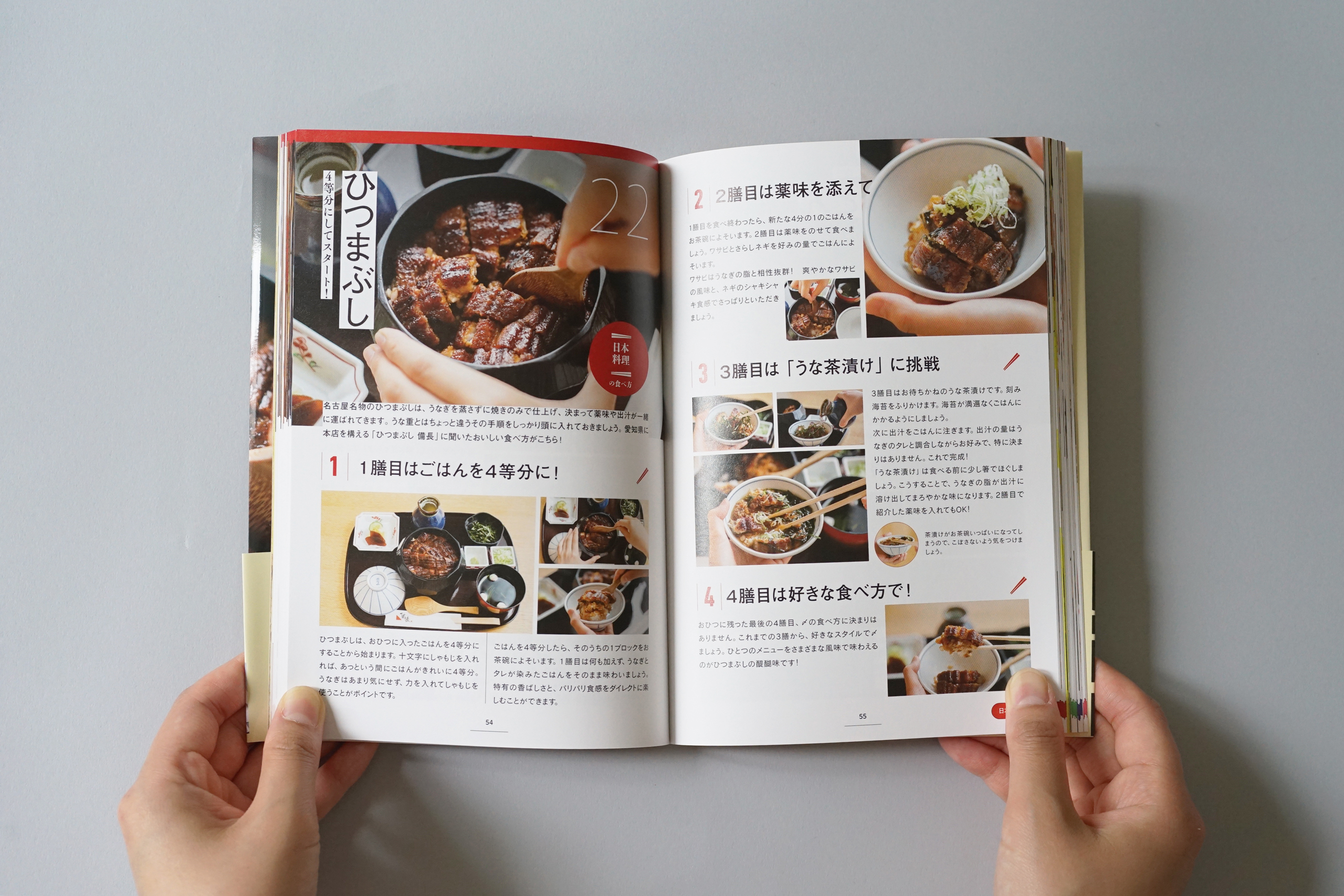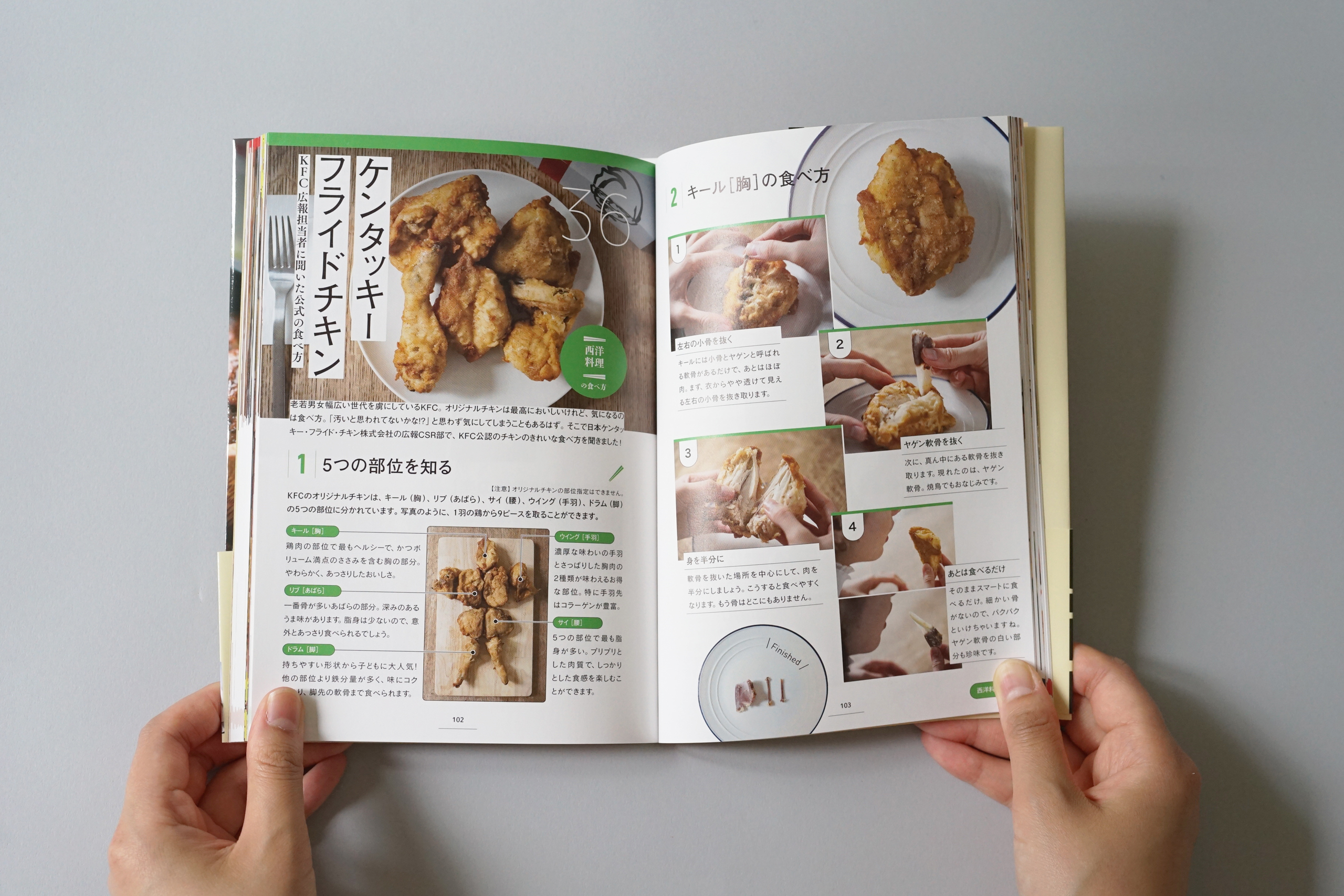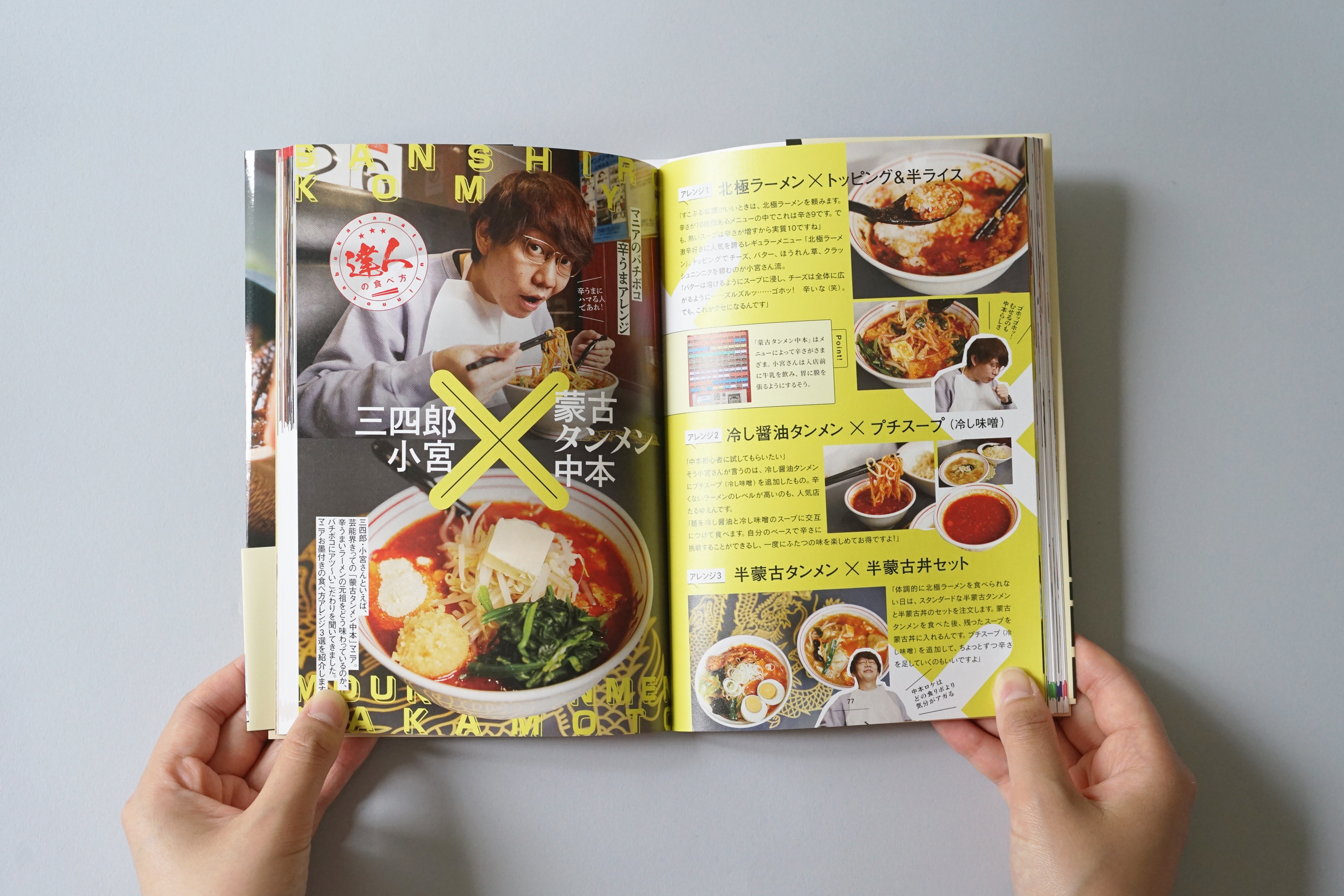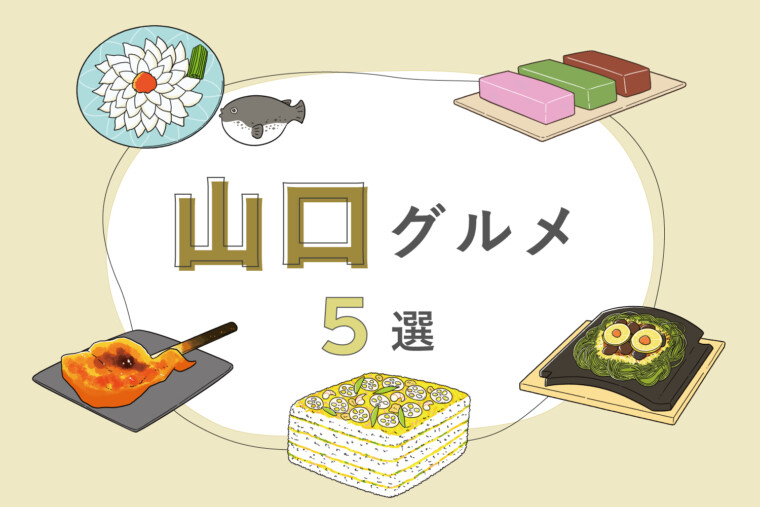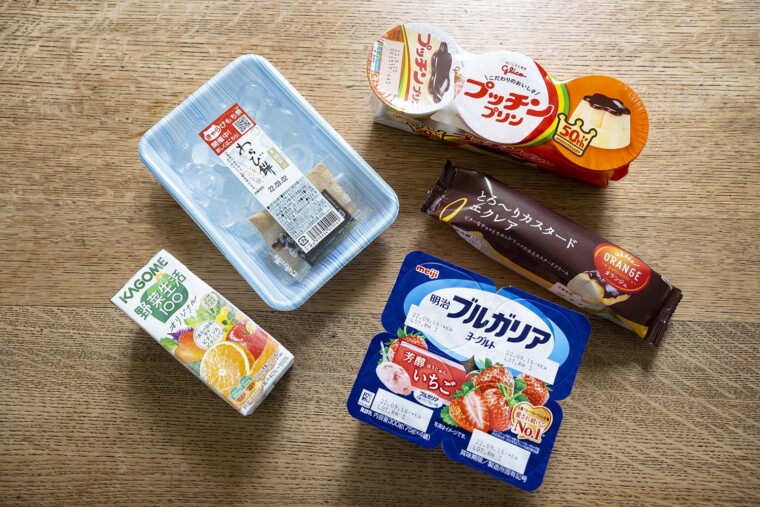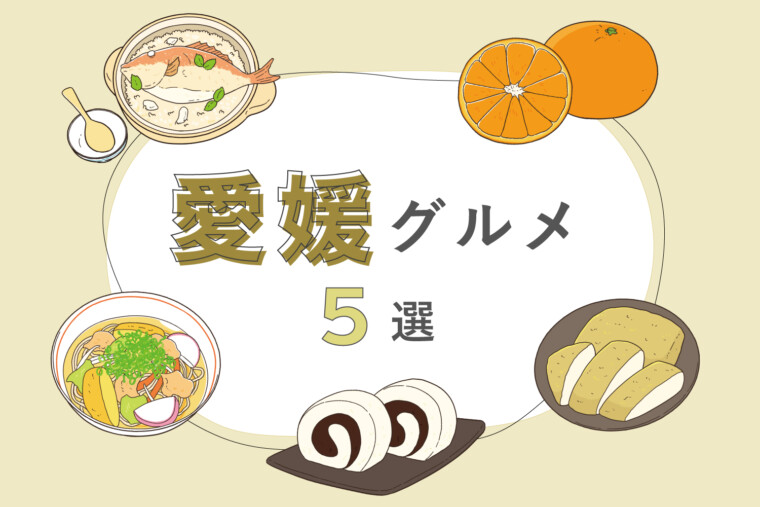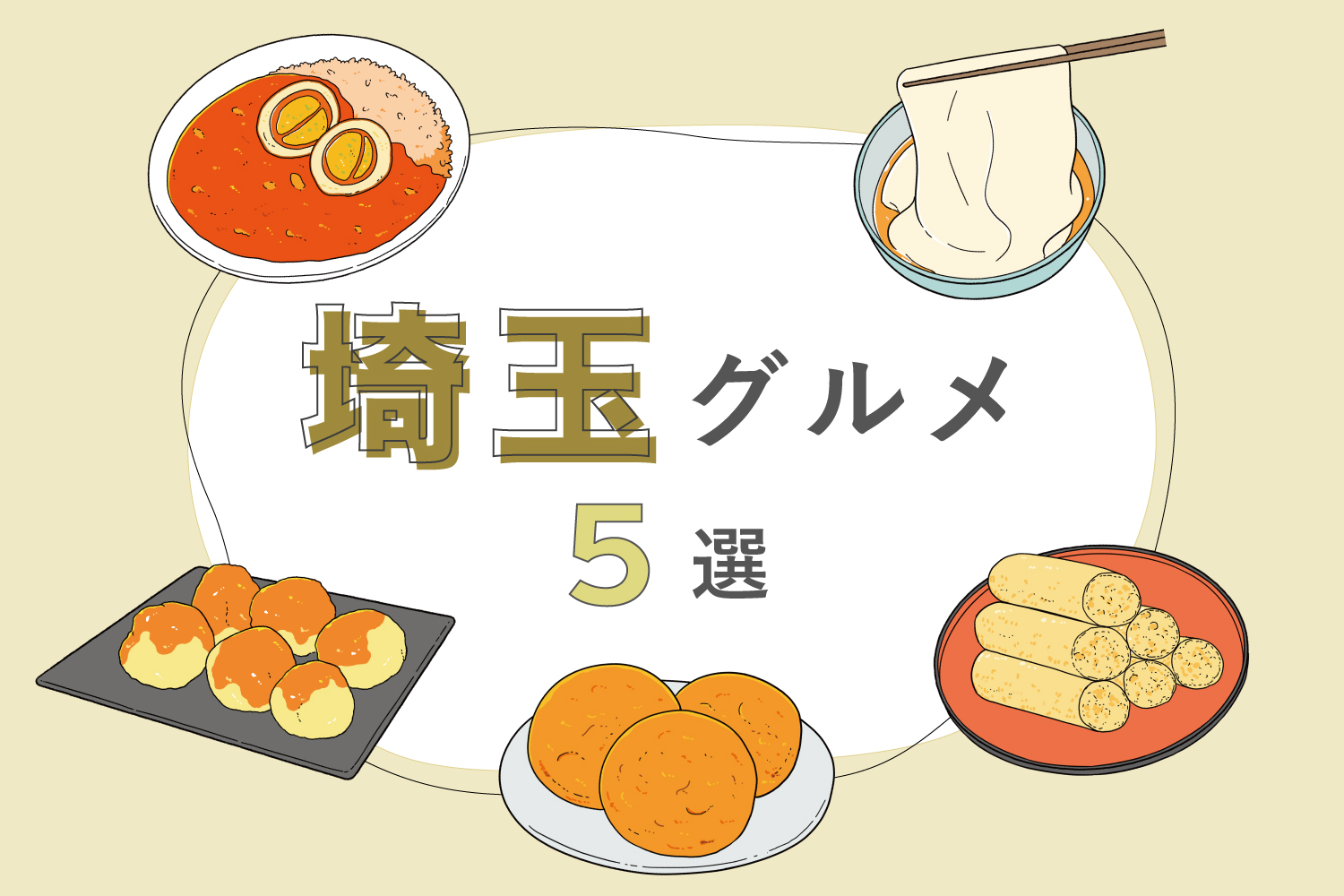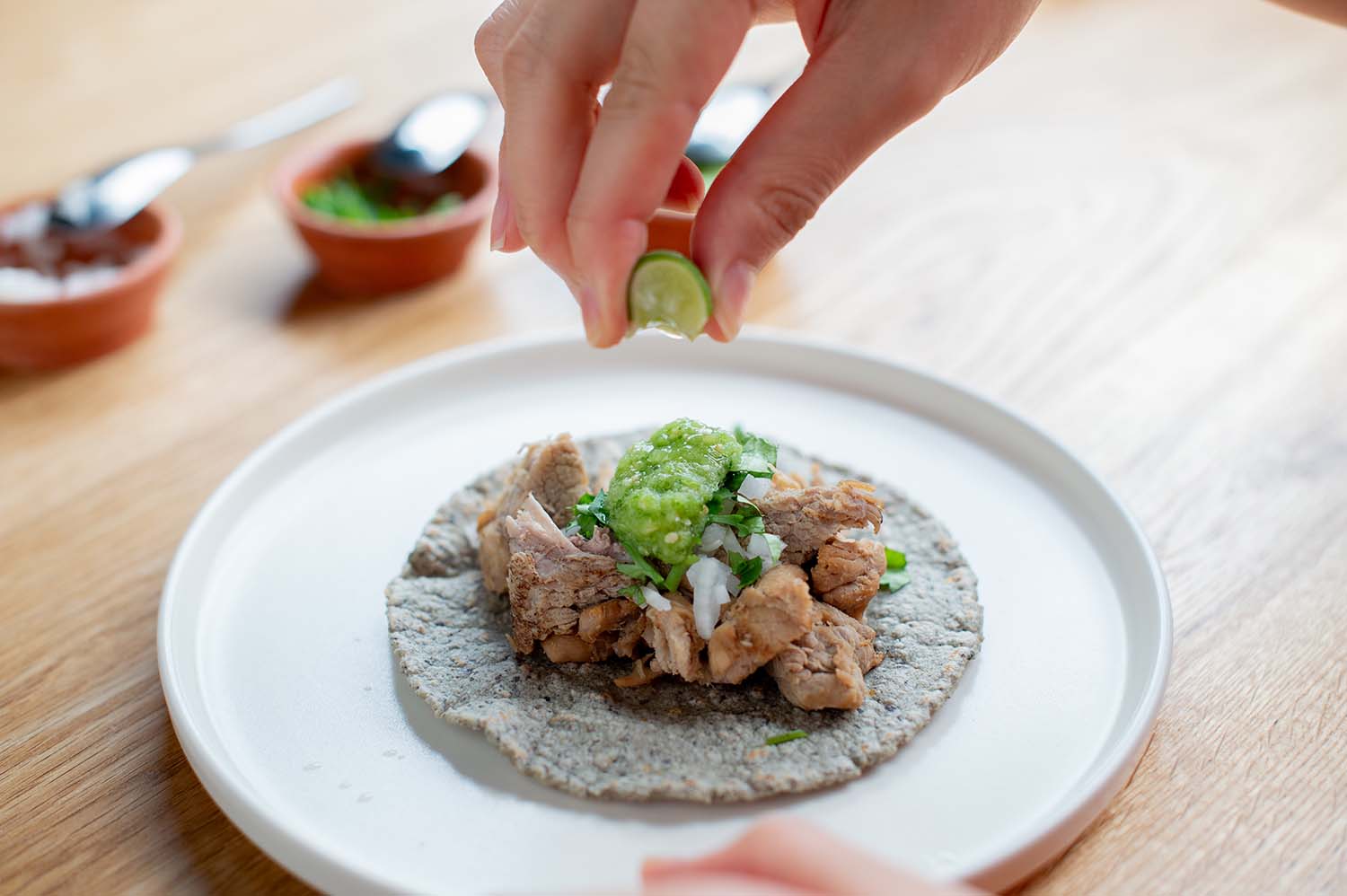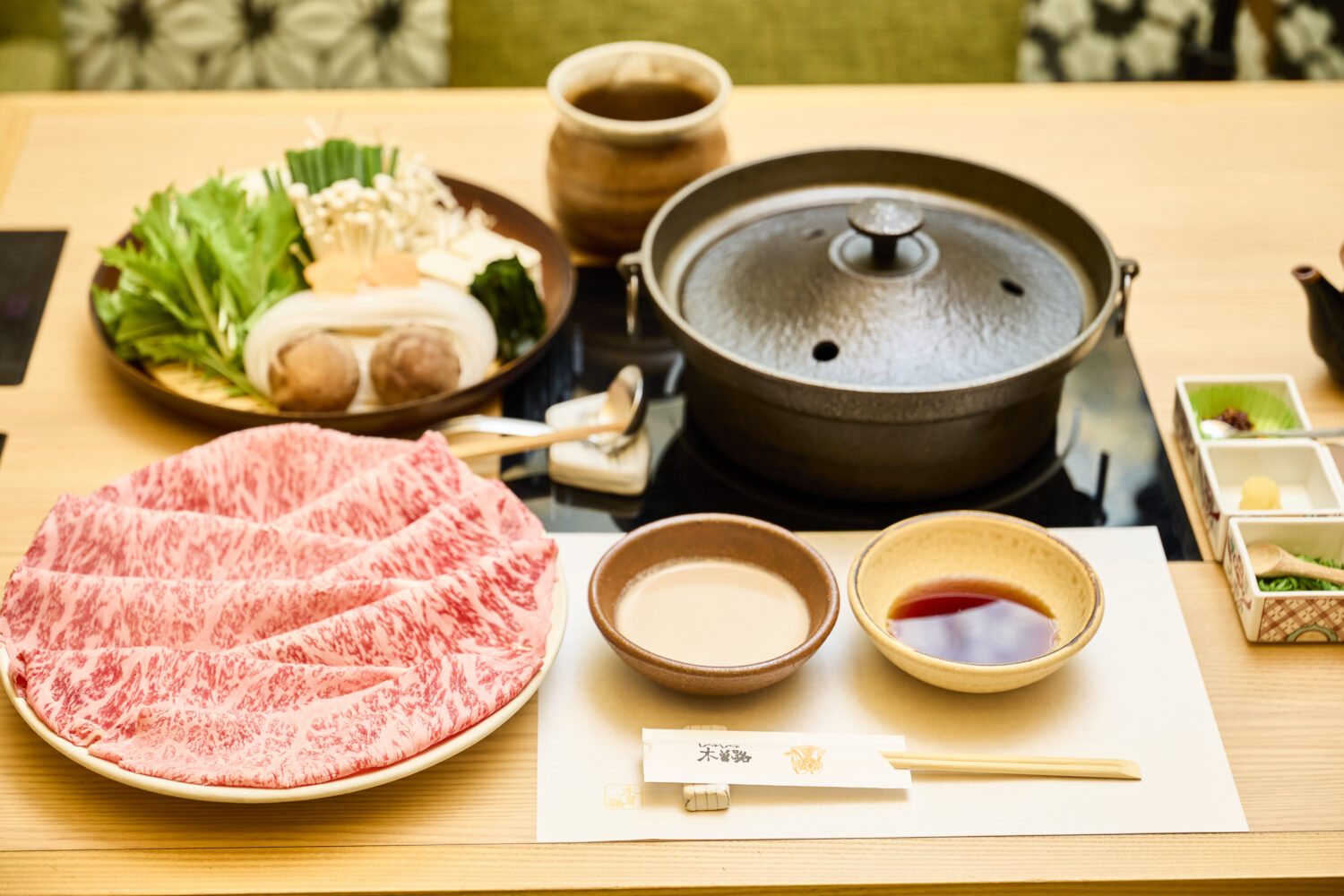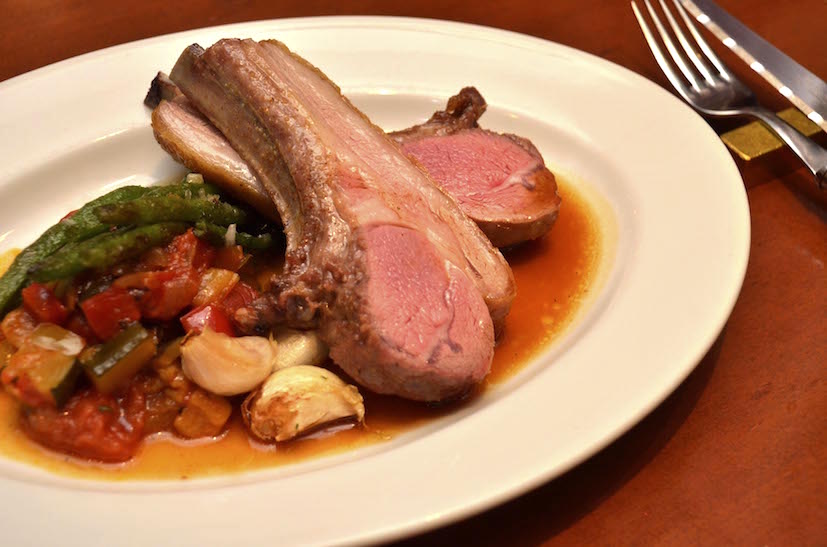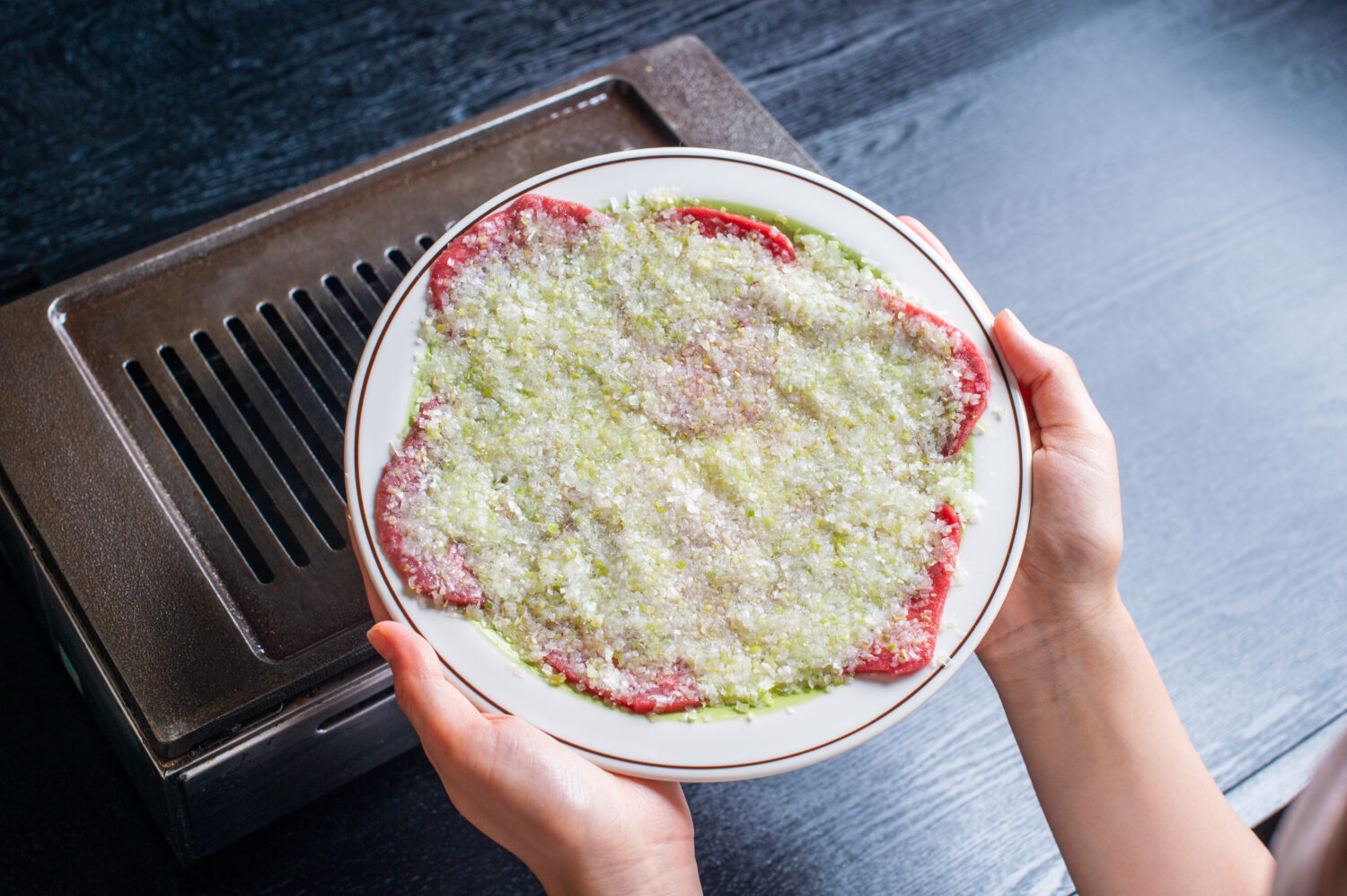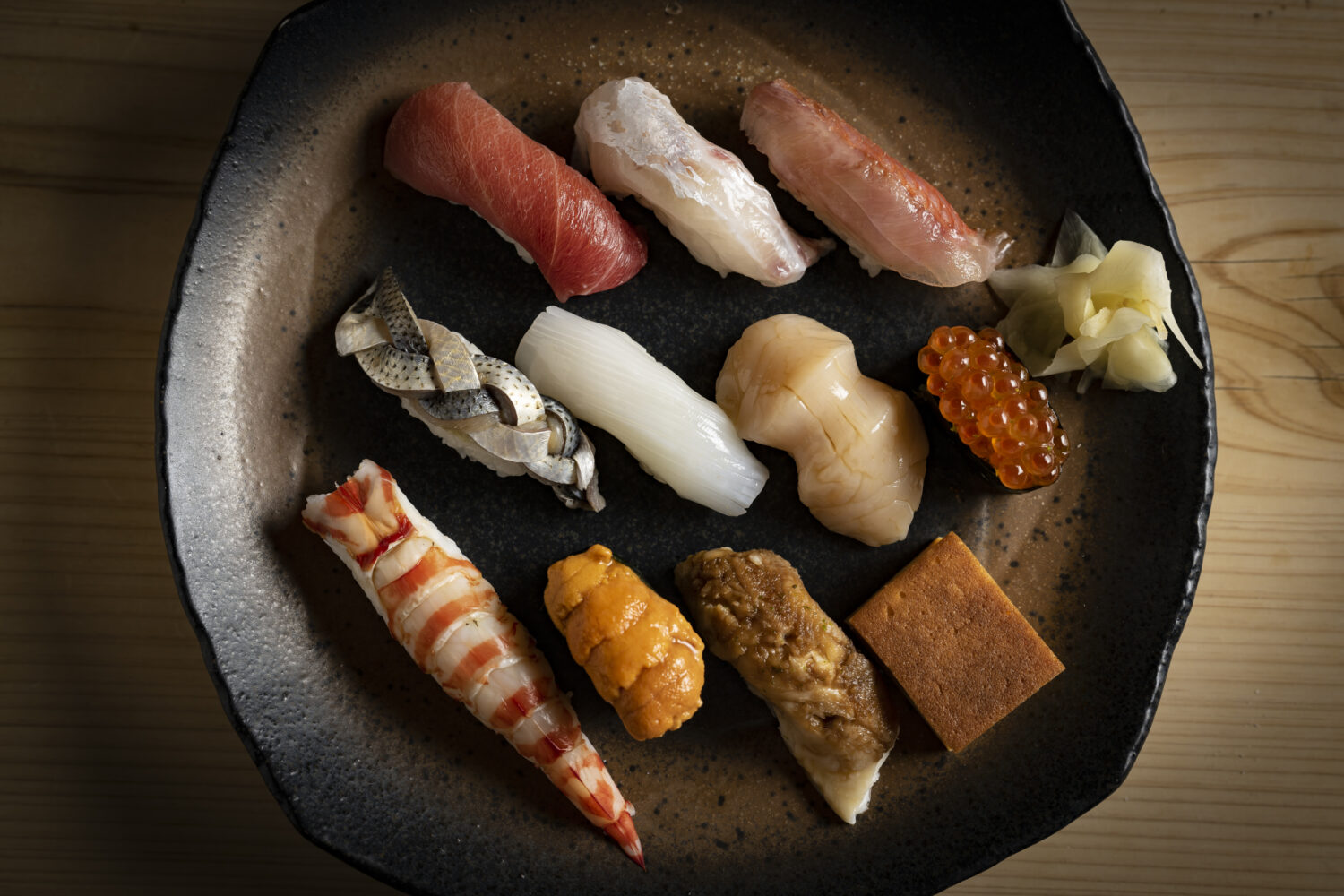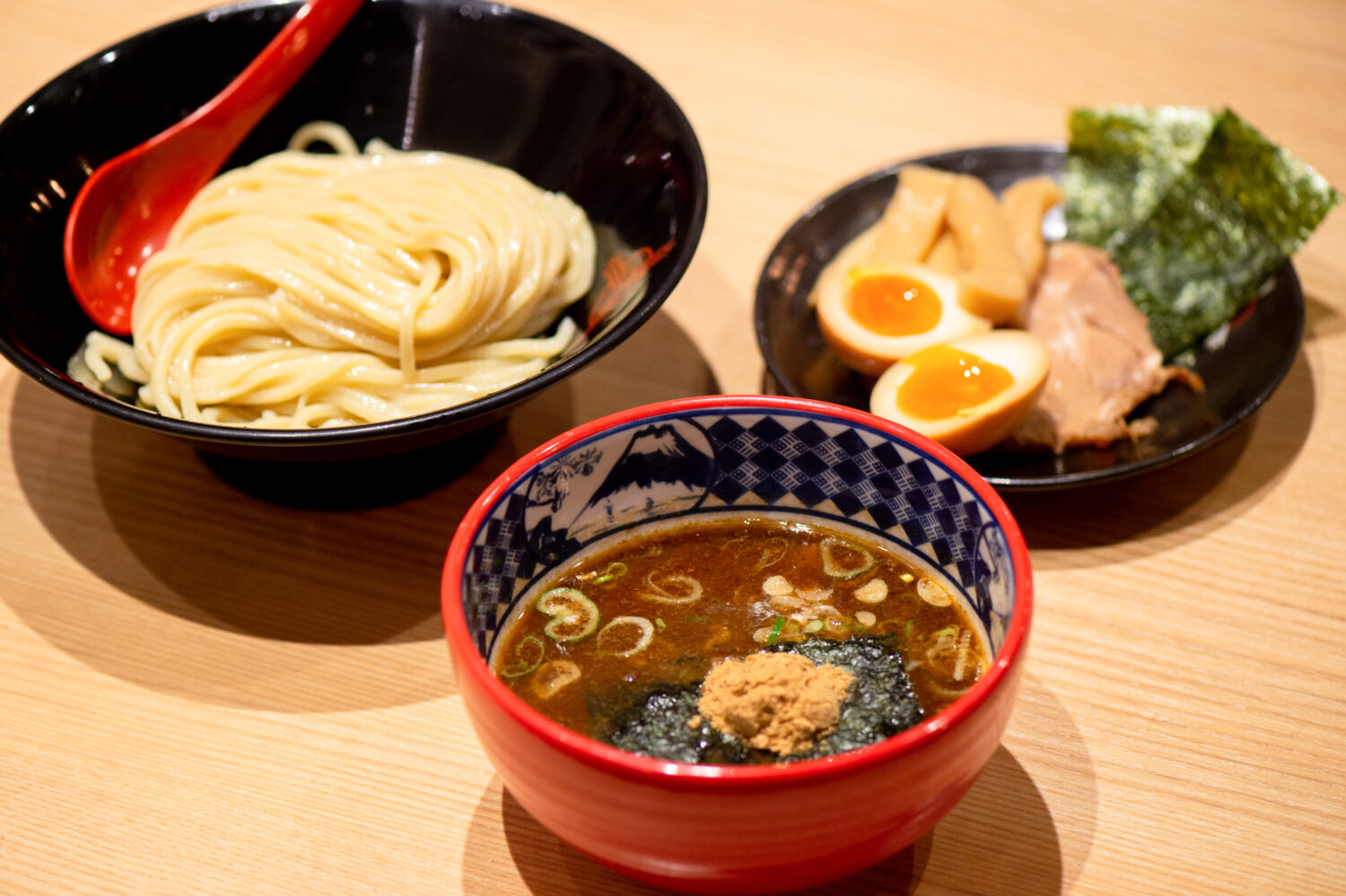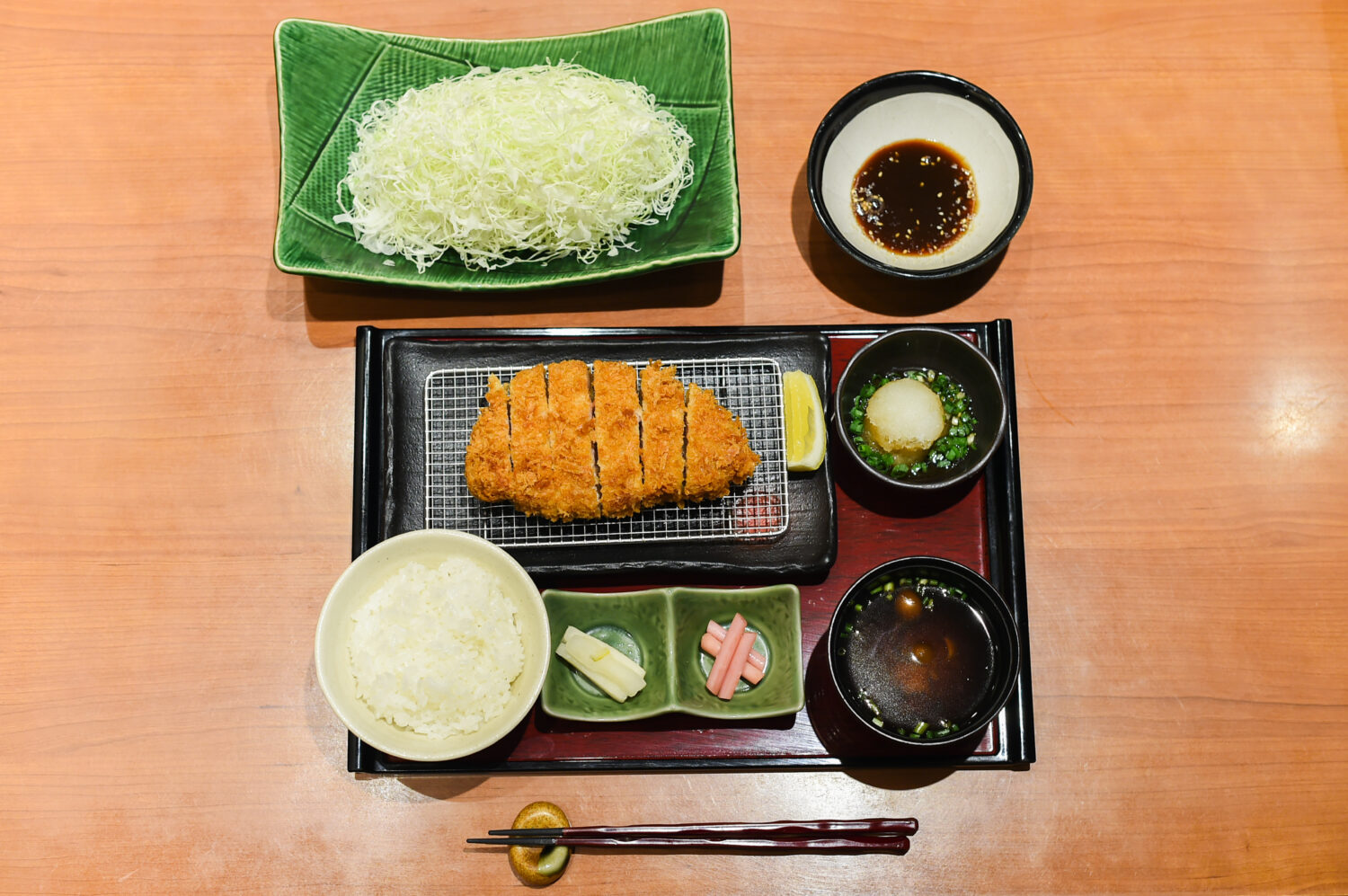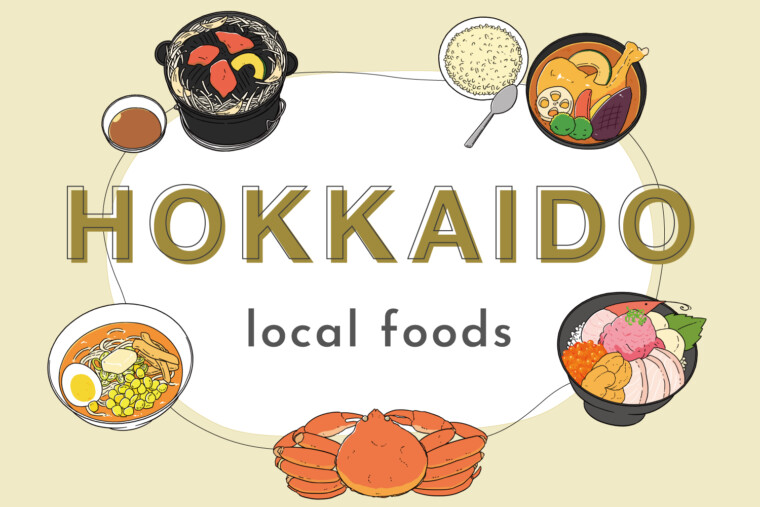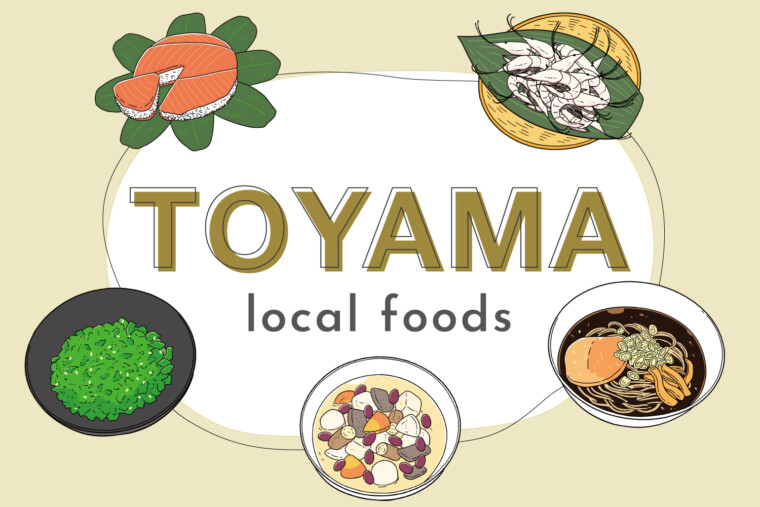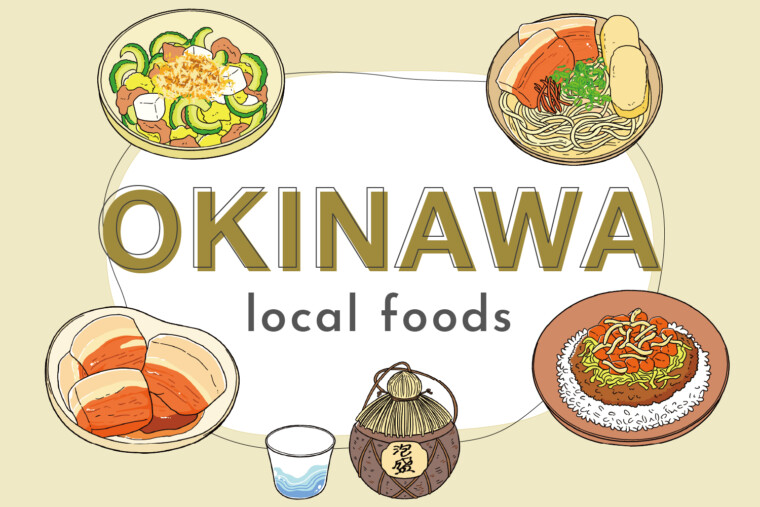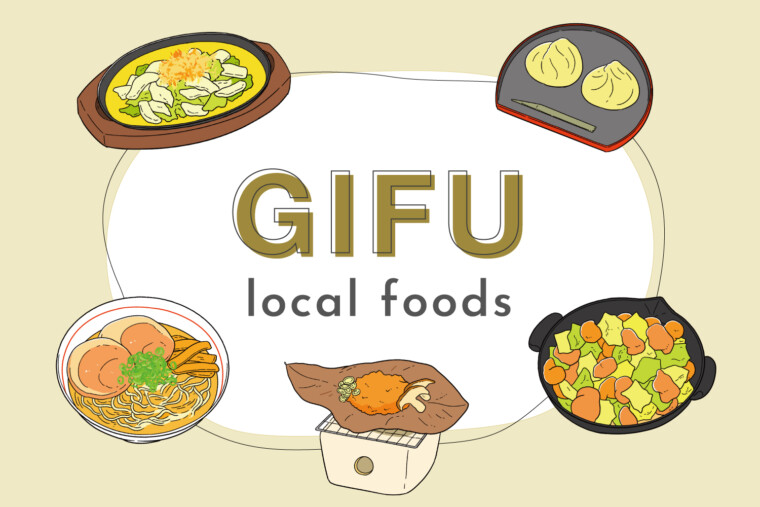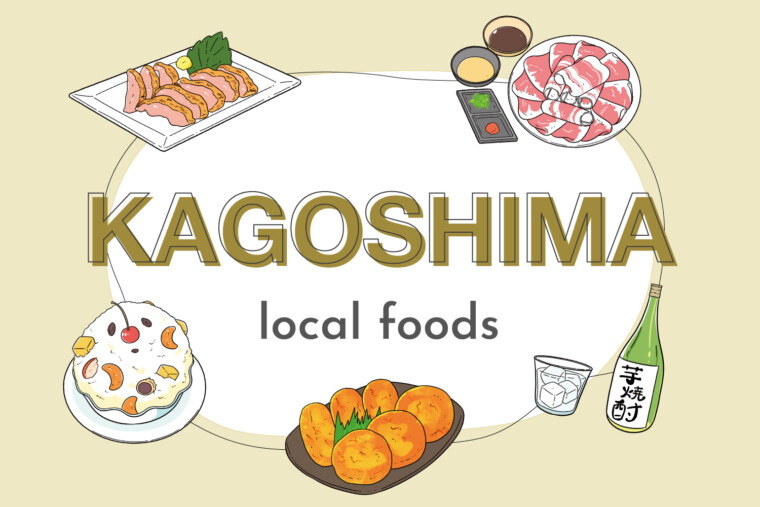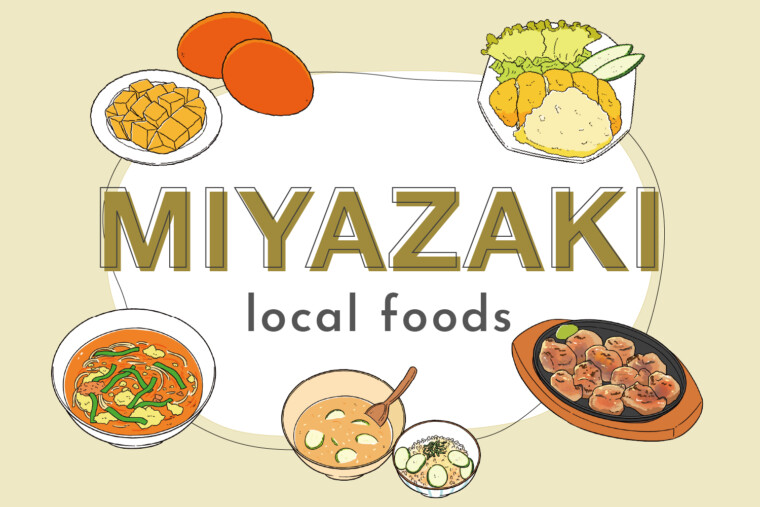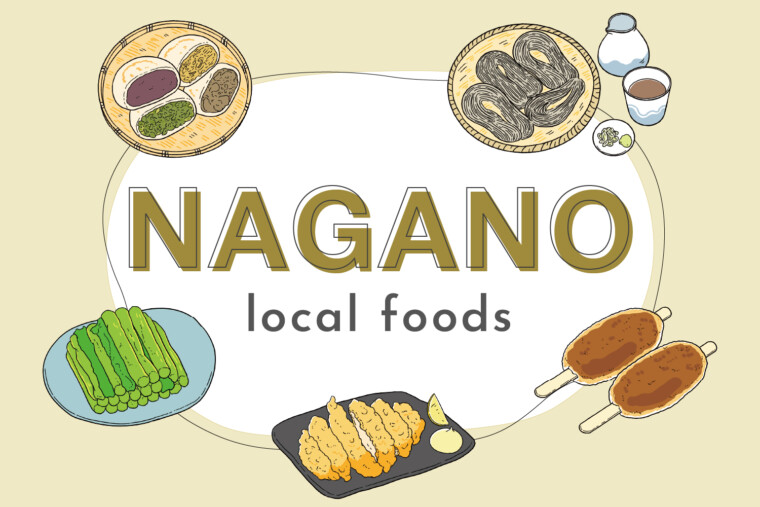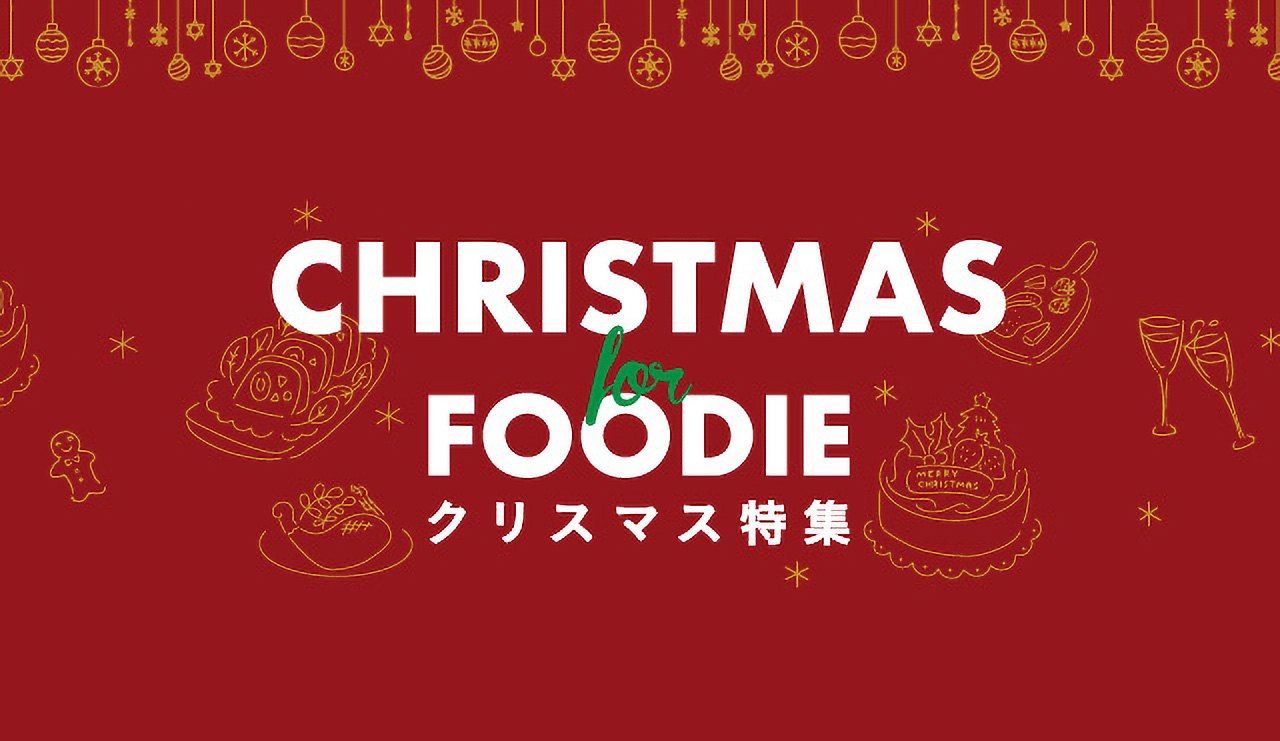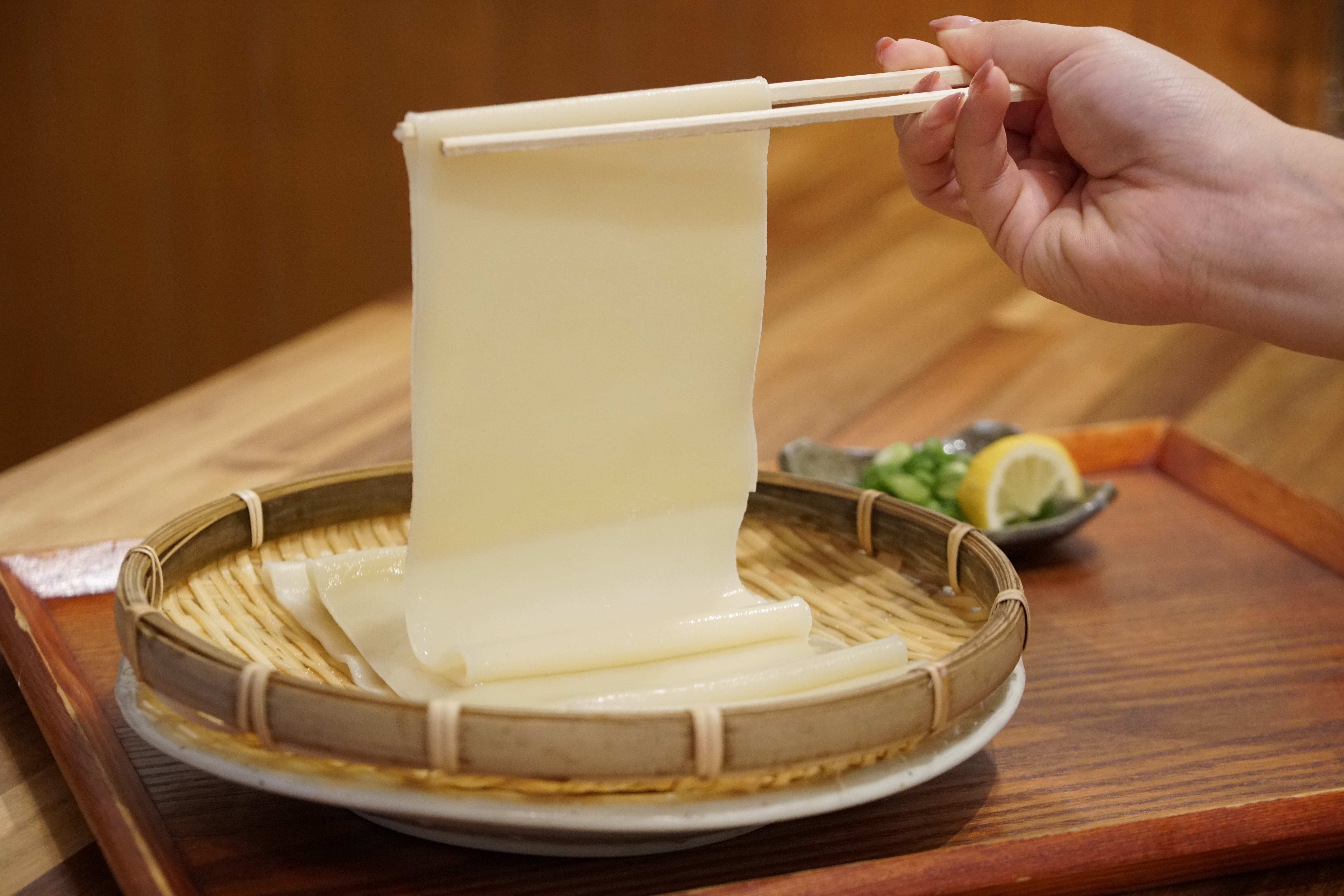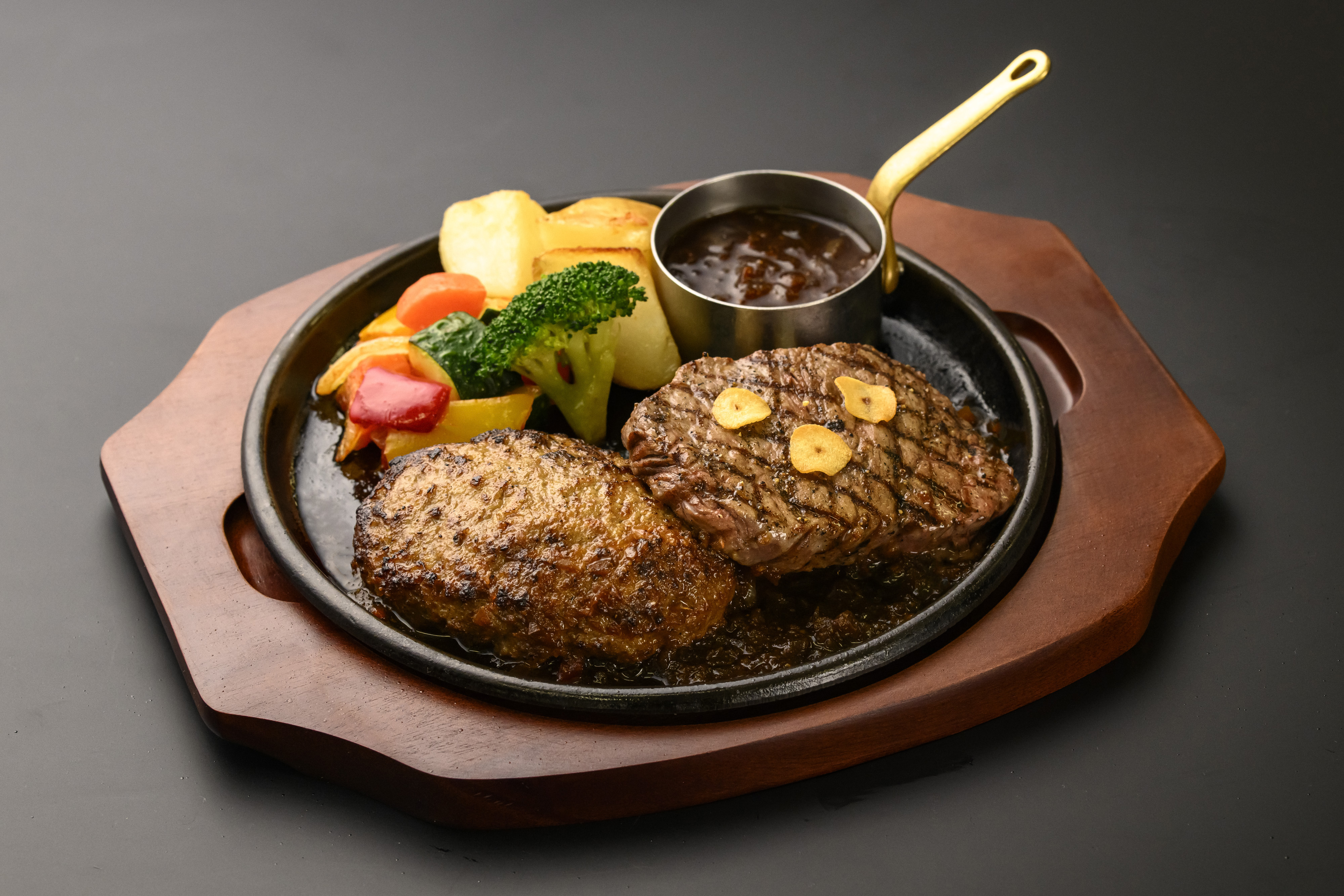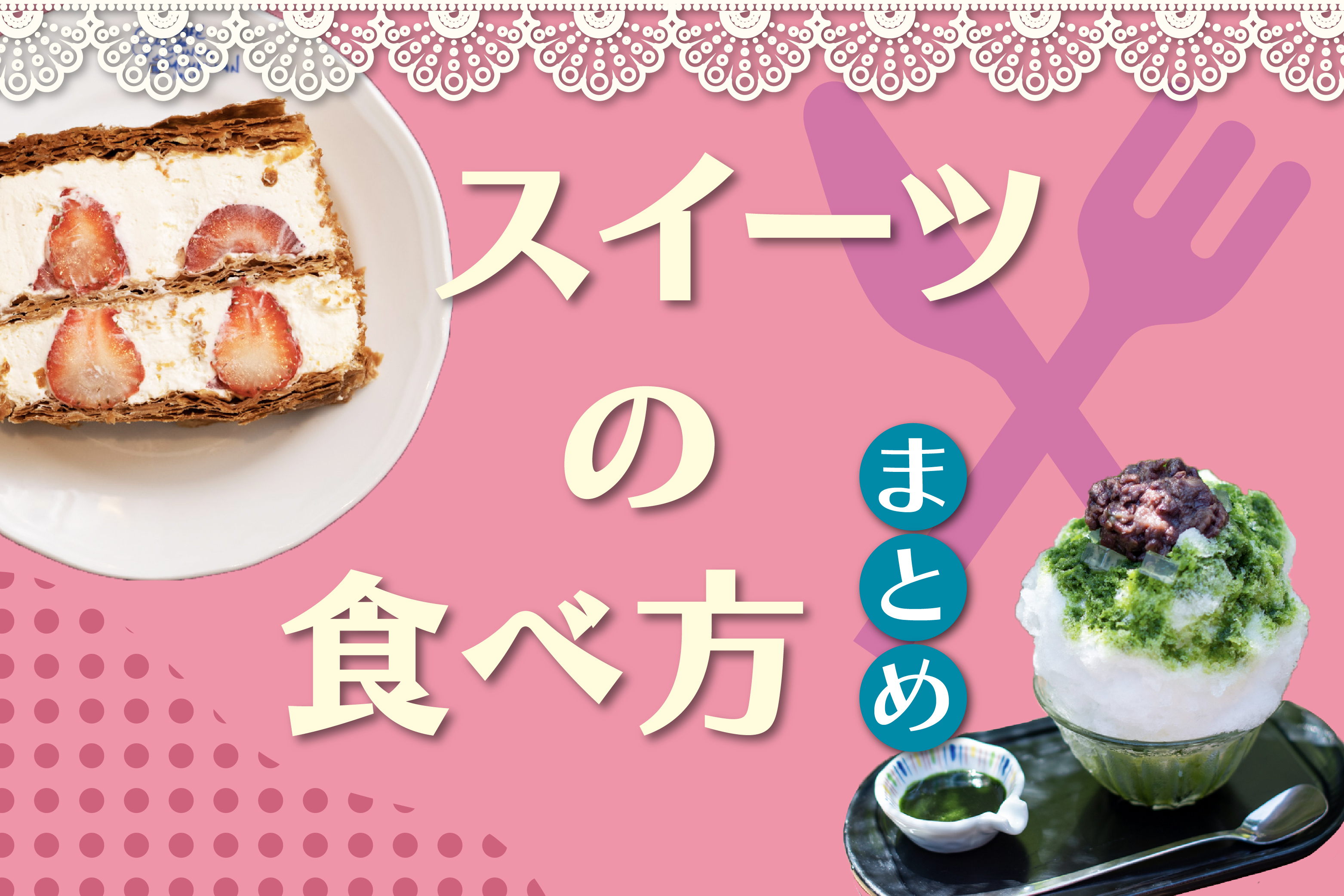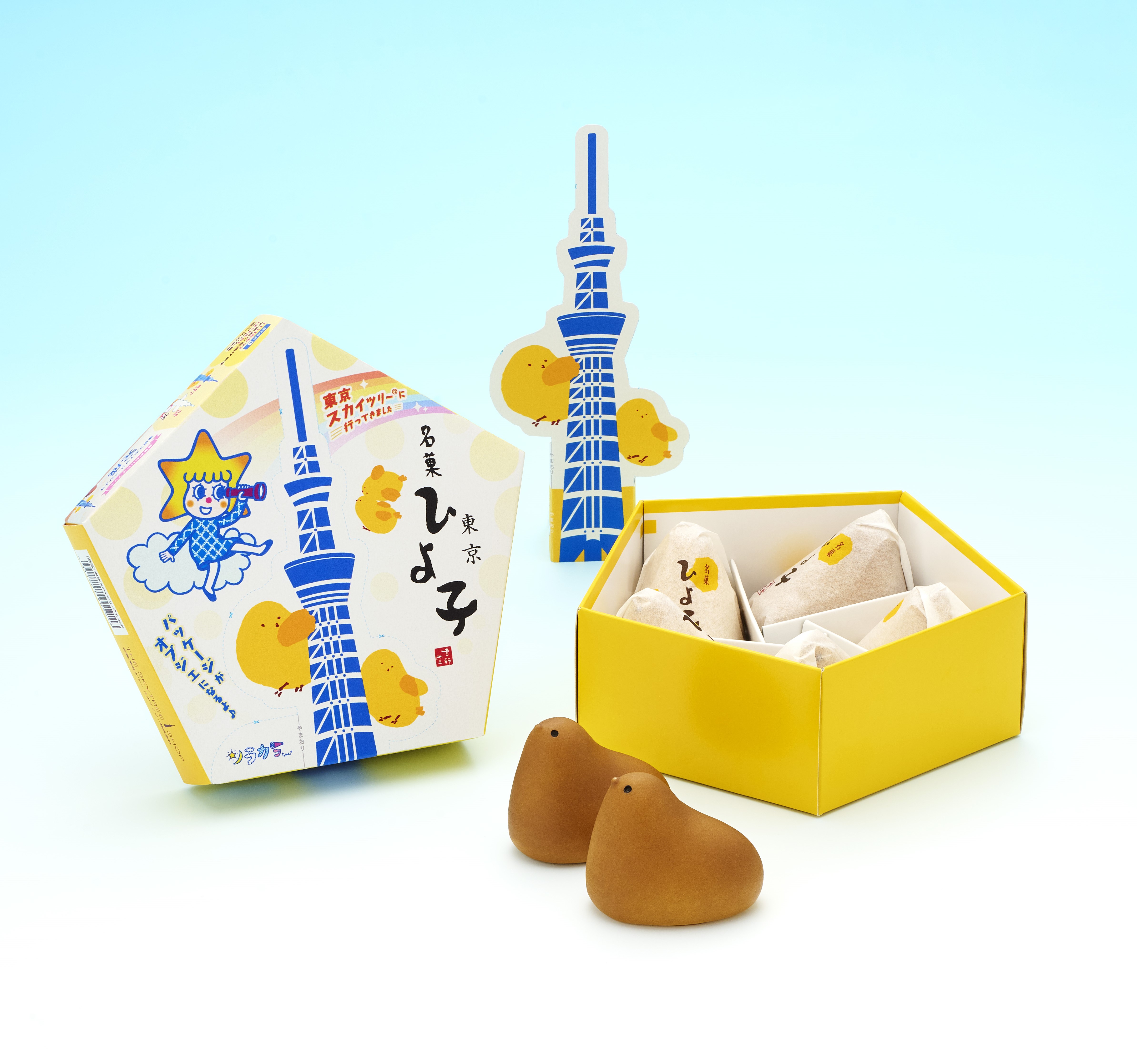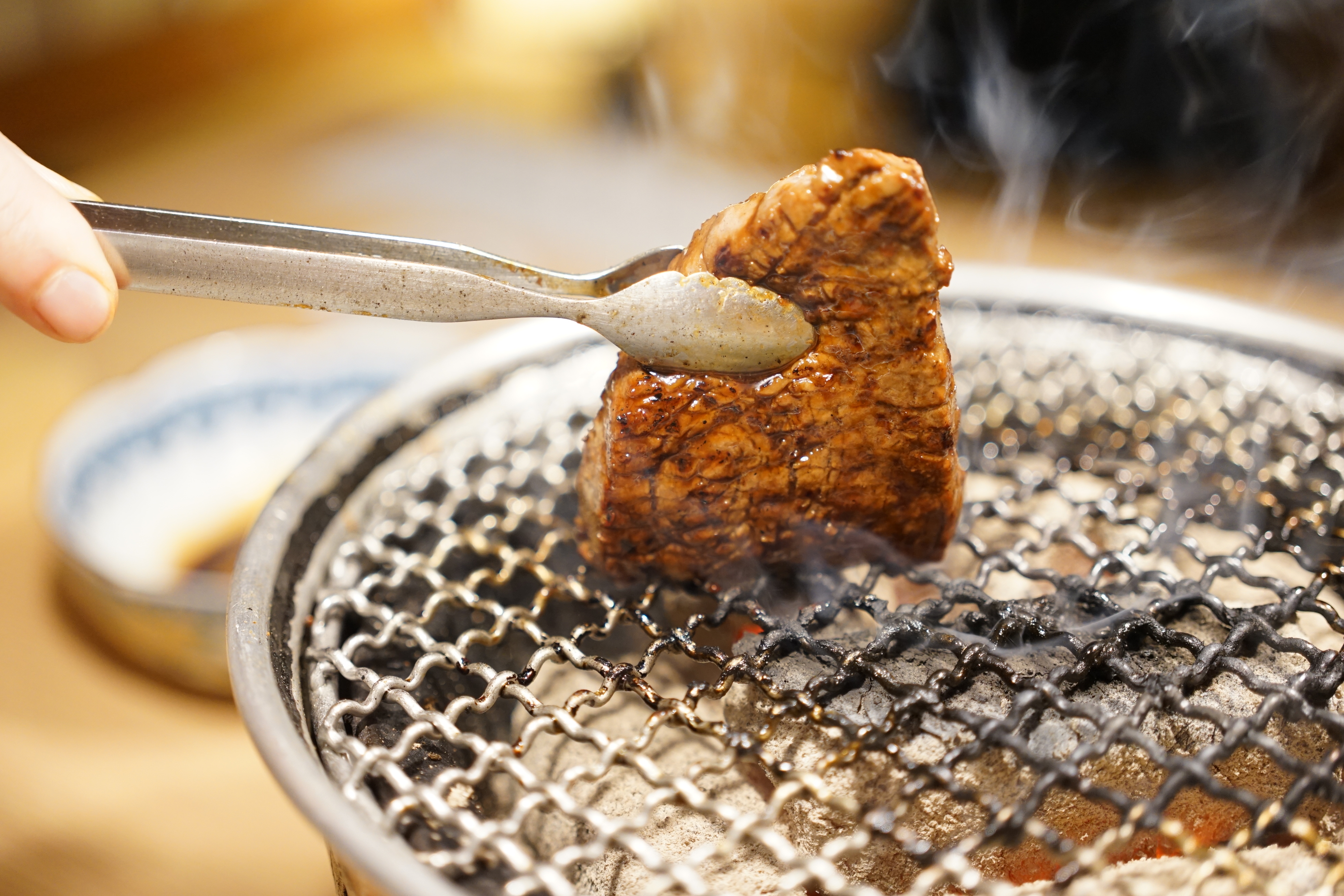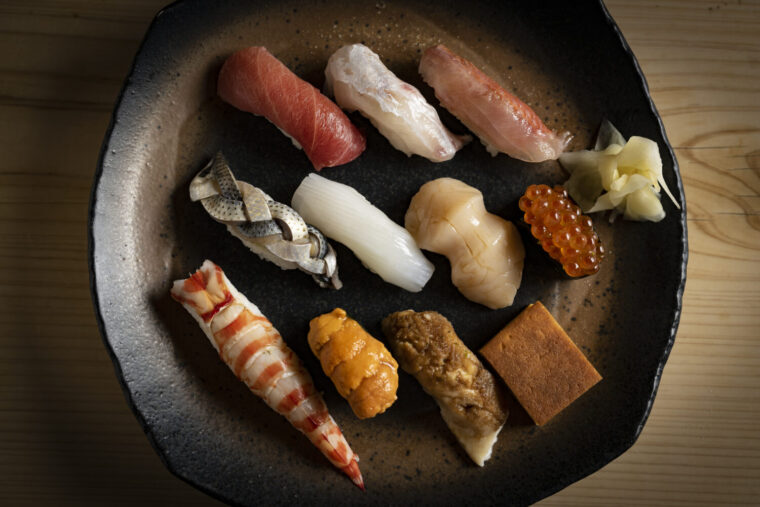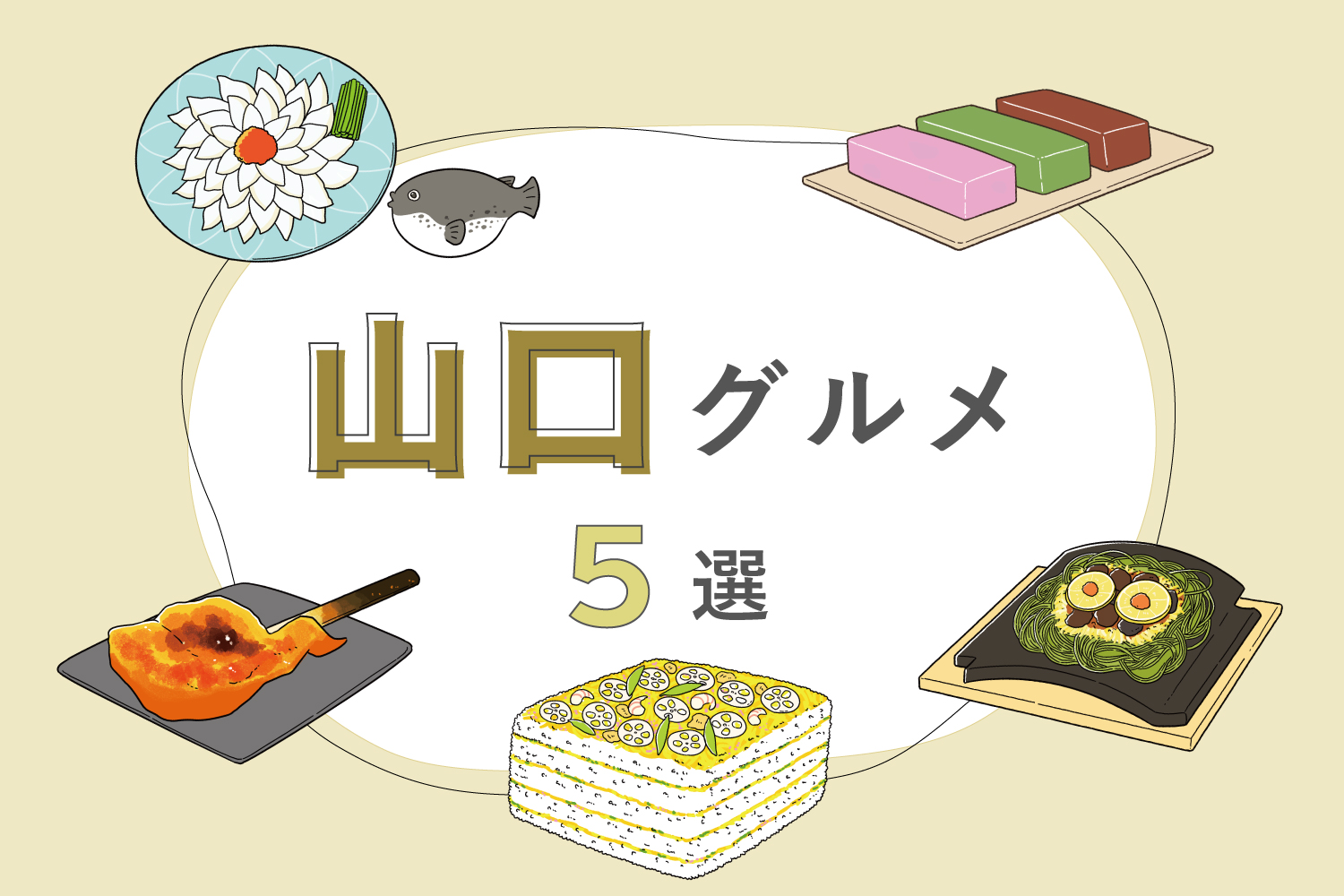
Yamaguchi Local Food Guide: Fugu, Sanzoku-yaki, Iwakuni Sushi, Kawara Soba & Uiro
Yamaguchi Prefecture, located at the westernmost tip of Honshu, is surrounded by the sea on three sides. Facing both the Sea of Japan and the Seto Inland Sea, each with distinct characteristics, the region boasts a wide variety of fish. As the first place in Japan to lift the ban on eating fugu, Yamaguchi offers this delicacy in many different dishes, using blowfish landed from across the country.
share:
Table of Contents
Luxury Fish “Fugu” for Special Occasions
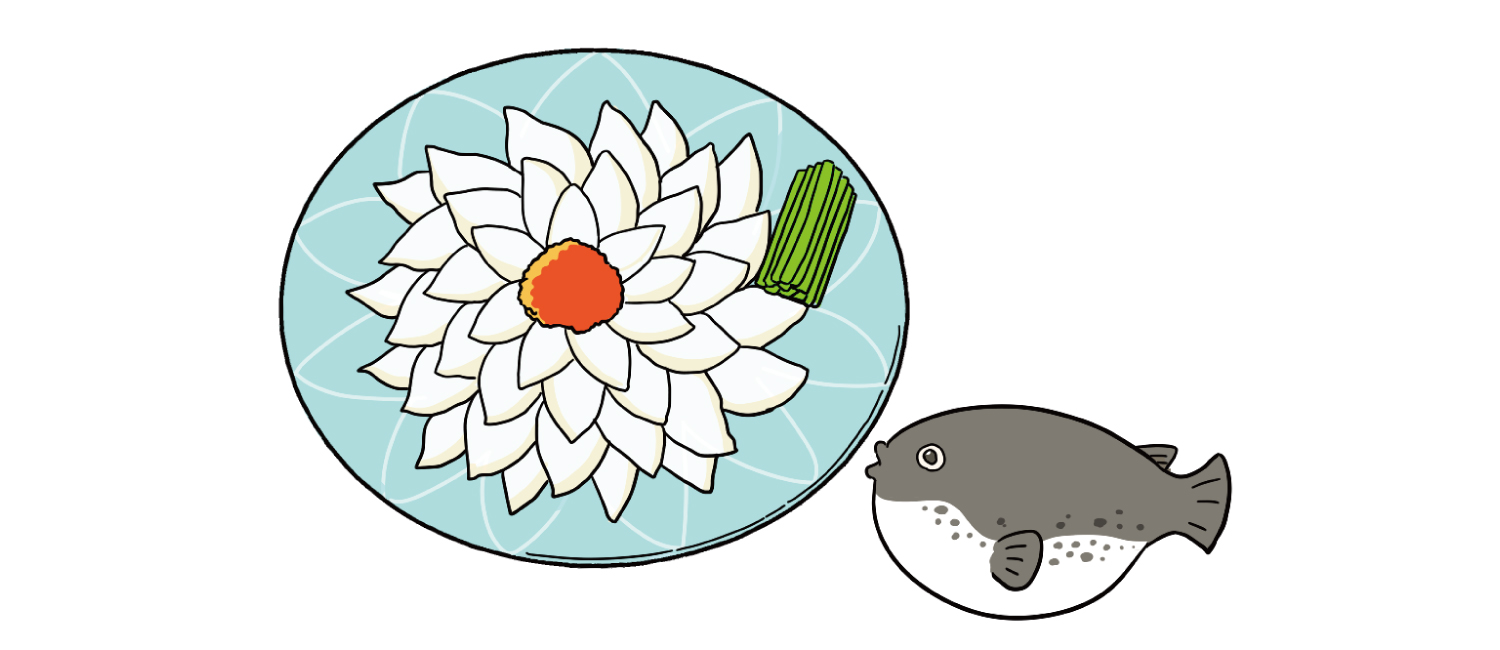
In Yamaguchi Prefecture, fugu is affectionately called “fuku,” meaning “good fortune.” It is caught between September and March and is enjoyed especially from autumn to winter as a luxury fish. Because fugu contains toxins, it is prepared and served only by licensed chefs. The most iconic dish, “fugu sashimi (tessa),” is sliced paper-thin so it can be bitten through easily, and beautifully arranged on a large plate. Fugu is also commonly enjoyed as deep-fried karaage or in hot pot dishes, often reserved for special occasions. It can be purchased not only in restaurants but also at fishmongers and supermarkets.
Sink Your Teeth into the Flavor of Chicken: “Sanzoku-yaki”
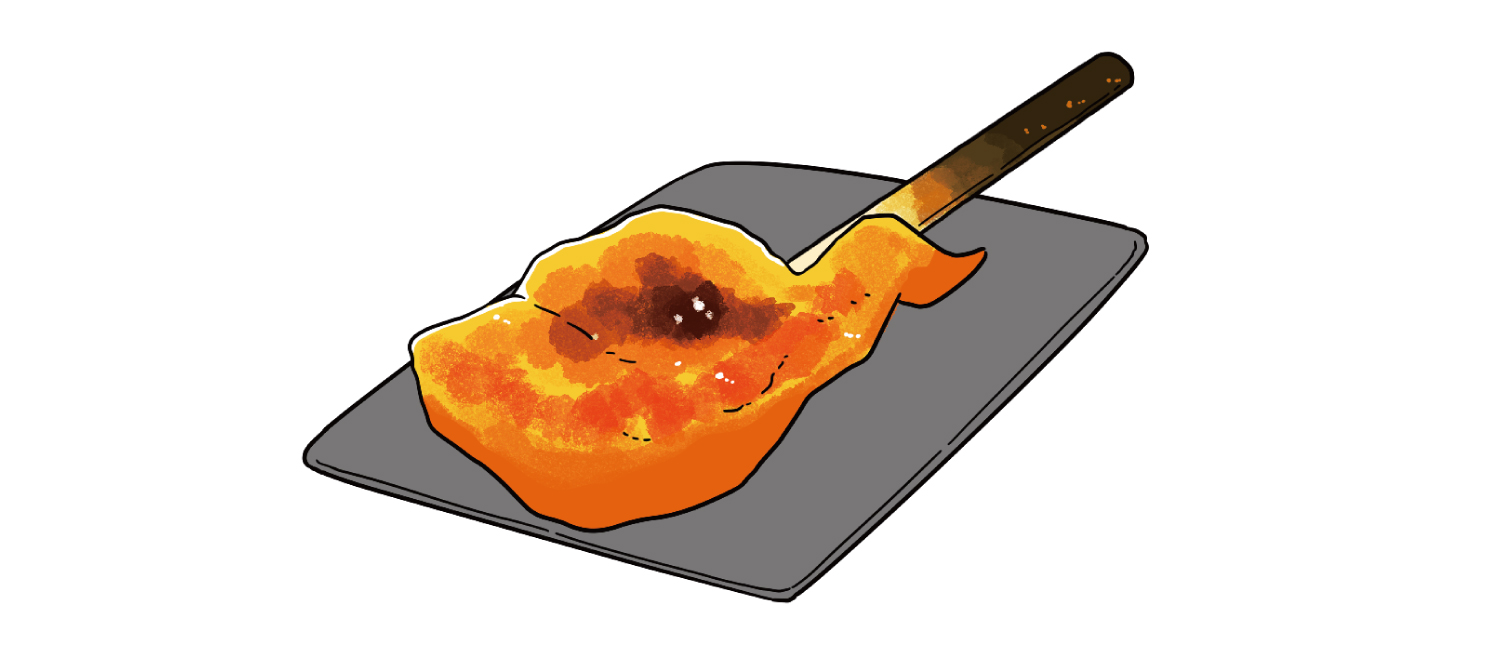
Sanzoku-yaki is a local delicacy of grilled bone-in chicken thigh served whole. The meat is marinated in a soy sauce-based garlic marinade and then chargrilled over charcoal. Similar to roasted chicken, the golden rule is to eat it by biting into it with gusto. Interestingly, in Nagano Prefecture, there is also a local dish called sanzoku-yaki, but it is made in a karaage (fried chicken) style.
The origin dates back to the 1940s when an izakaya named “Matoba University” first served it. Today, the establishment continues under the name “Irori Sanzoku.”
Layers of Elegance: “Iwakuni Sushi”
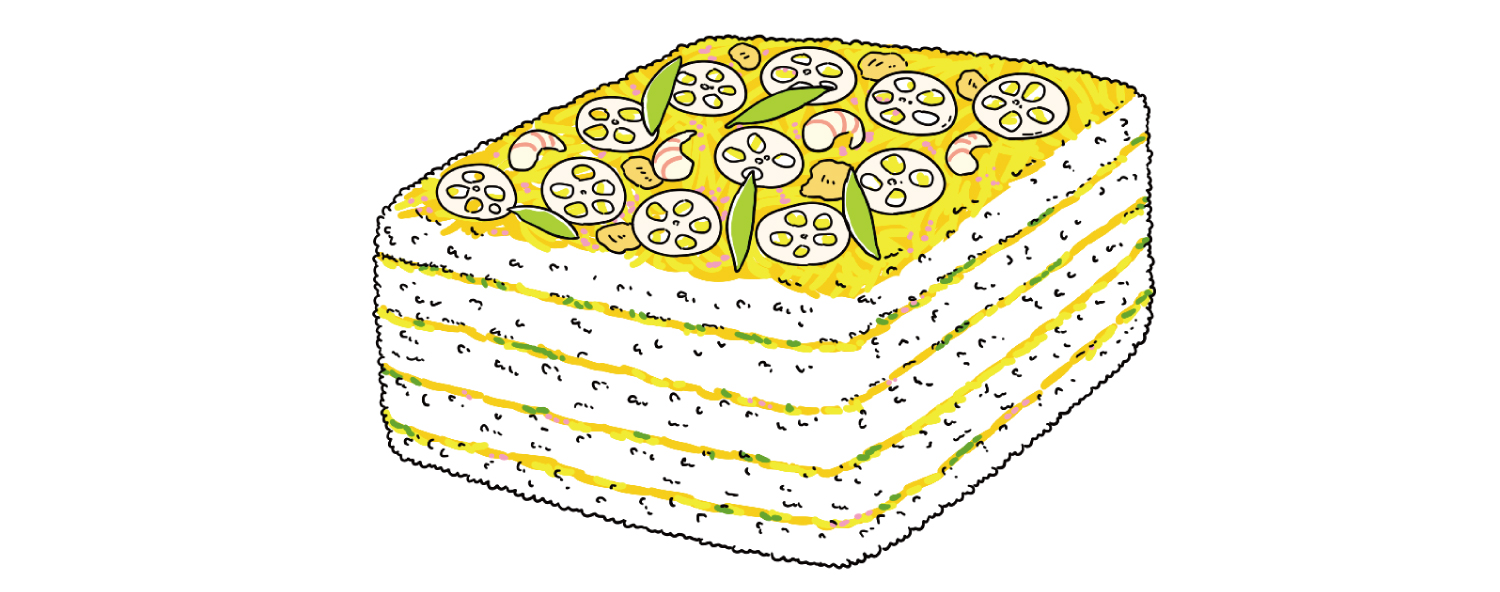
A specialty of Iwakuni City in eastern Yamaguchi Prefecture, “Iwakuni Sushi” is also known as “Lord’s Sushi.” Since the Edo period, it has been cherished locally as a tribute dish and celebratory food. This pressed sushi features colorful ingredients such as pickled lotus root, traditional vegetables, shredded egg crepe, and simmered conger eel. The alternating layers of vinegared rice and toppings create 3 to 5 tiers, giving it a vibrant and festive appearance. Even today, it remains an indispensable traditional dish for special occasions in Iwakuni.
Served on Roof Tiles: “Kawara Soba”
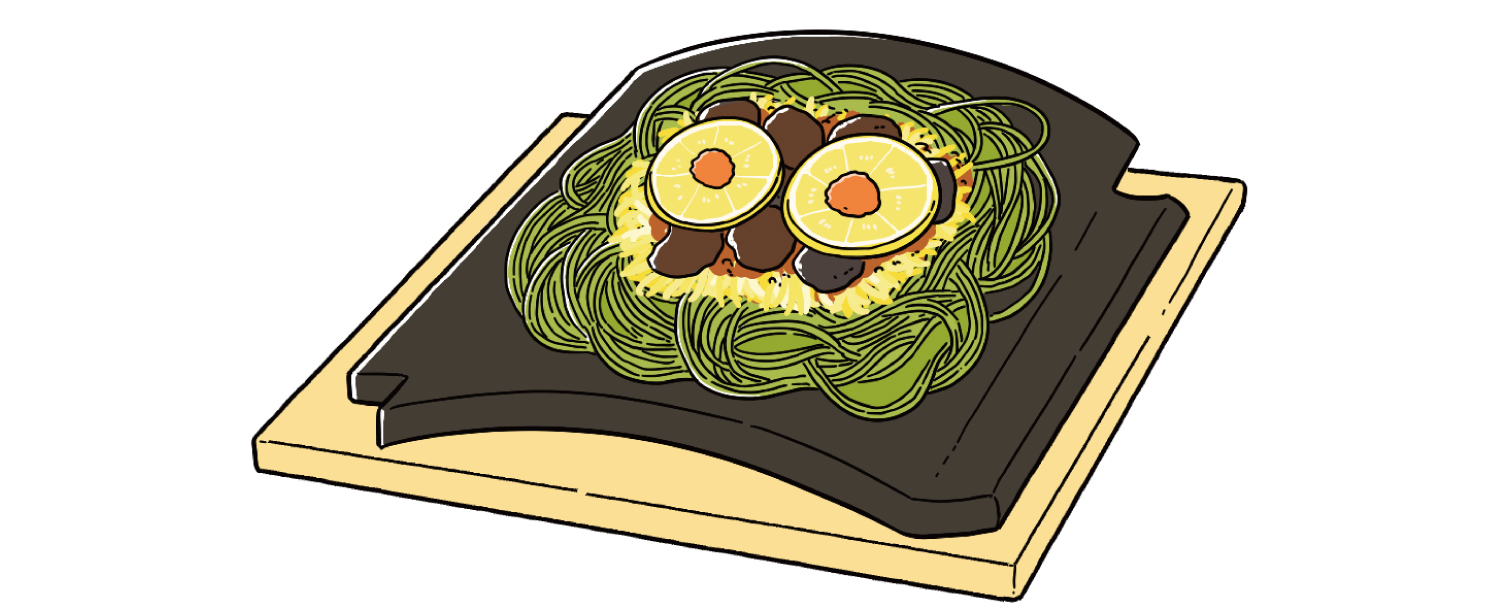
Originating in Shimonoseki City at the western tip of Honshu, “Kawara Soba” is said to have been inspired by a story of Satsuma soldiers who grilled meat and wild plants on roof tiles. This led to the unique style of serving tea soba topped with shredded egg, beef, and other ingredients on a heated tile. Even today, some restaurants in Yamaguchi use real tiles over direct flame, but at home, a hot plate can be used to easily recreate the dish. The standard garnish includes lemon slices and grated daikon with chili. When eating, dip the crispy, charred noodles into the dipping sauce.
Refined Sweetness: “Uiro”
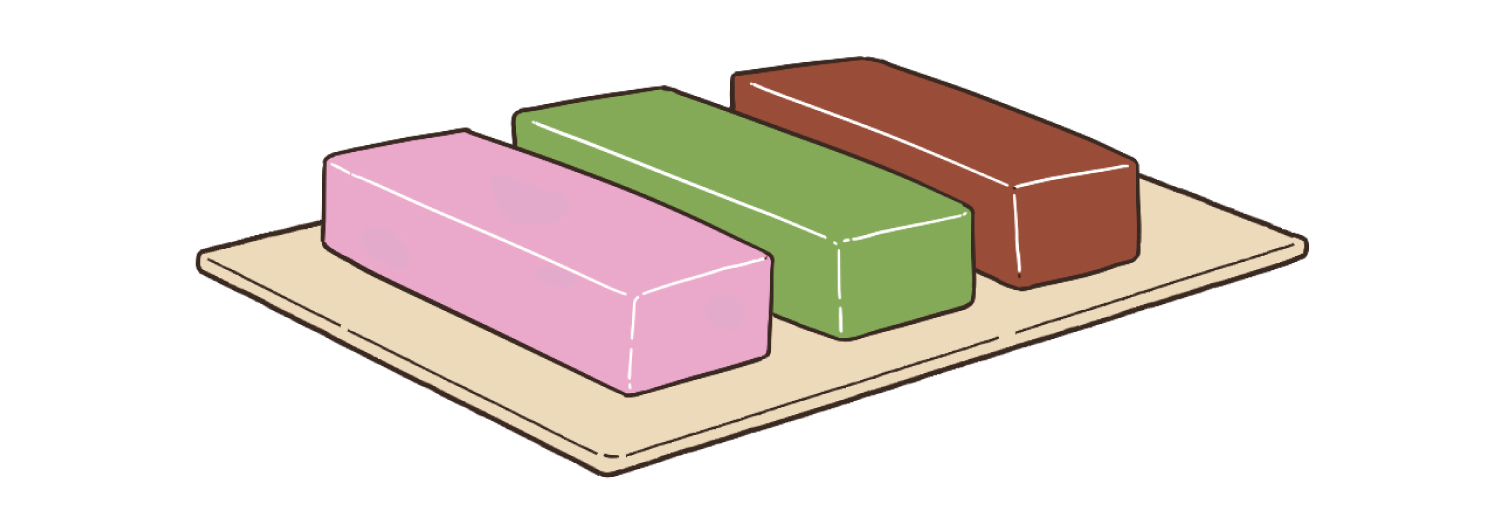
Uiro is a traditional Japanese confection made from rice flour, sugar, and other ingredients. Unlike typical uiro, the version made in Yamaguchi uses bracken starch as its main ingredient, giving it a chewier, more elastic texture. Its history in Yamaguchi dates back to the Muromachi period, when it is said to have been introduced by migrants from the Korean Peninsula. With its delicate sweetness and refined flavor, it is cherished as a souvenir and gift, and continues to be a beloved traditional sweet of the region.
*The information is based on the time of reporting or creation, and may differ from the current situation.
tags:
share:










